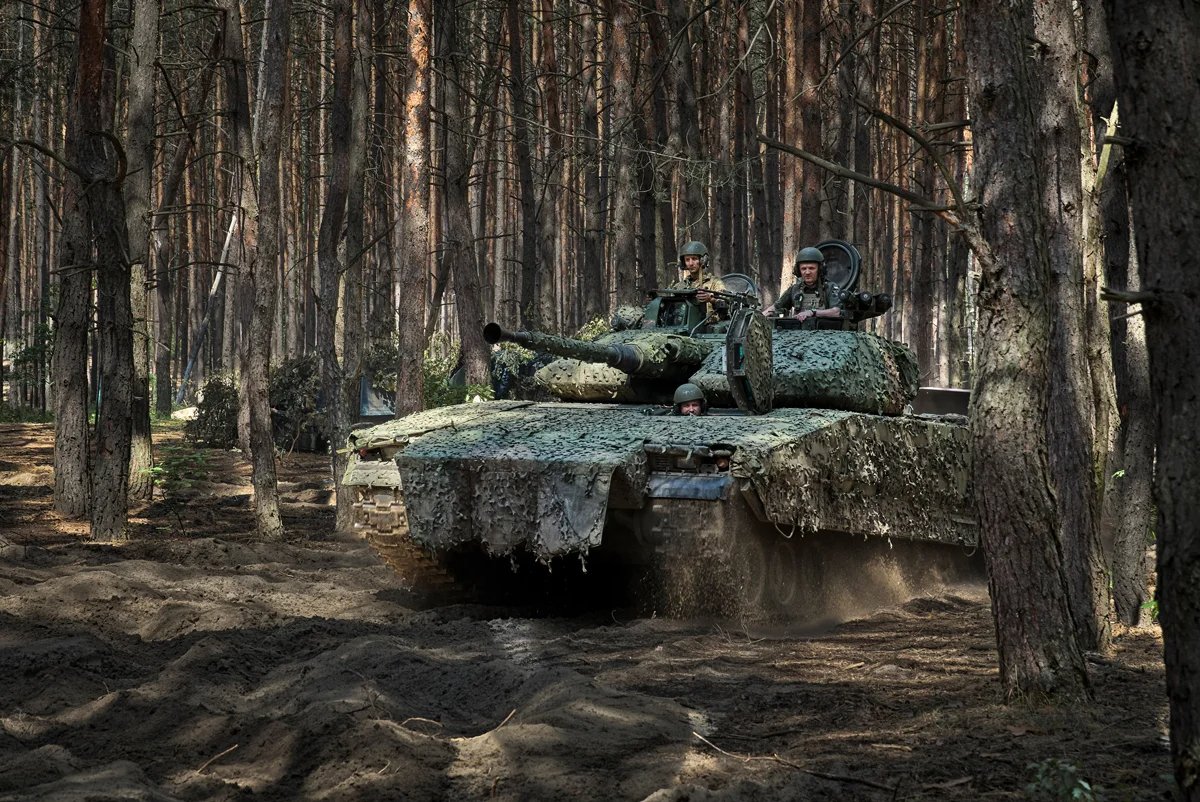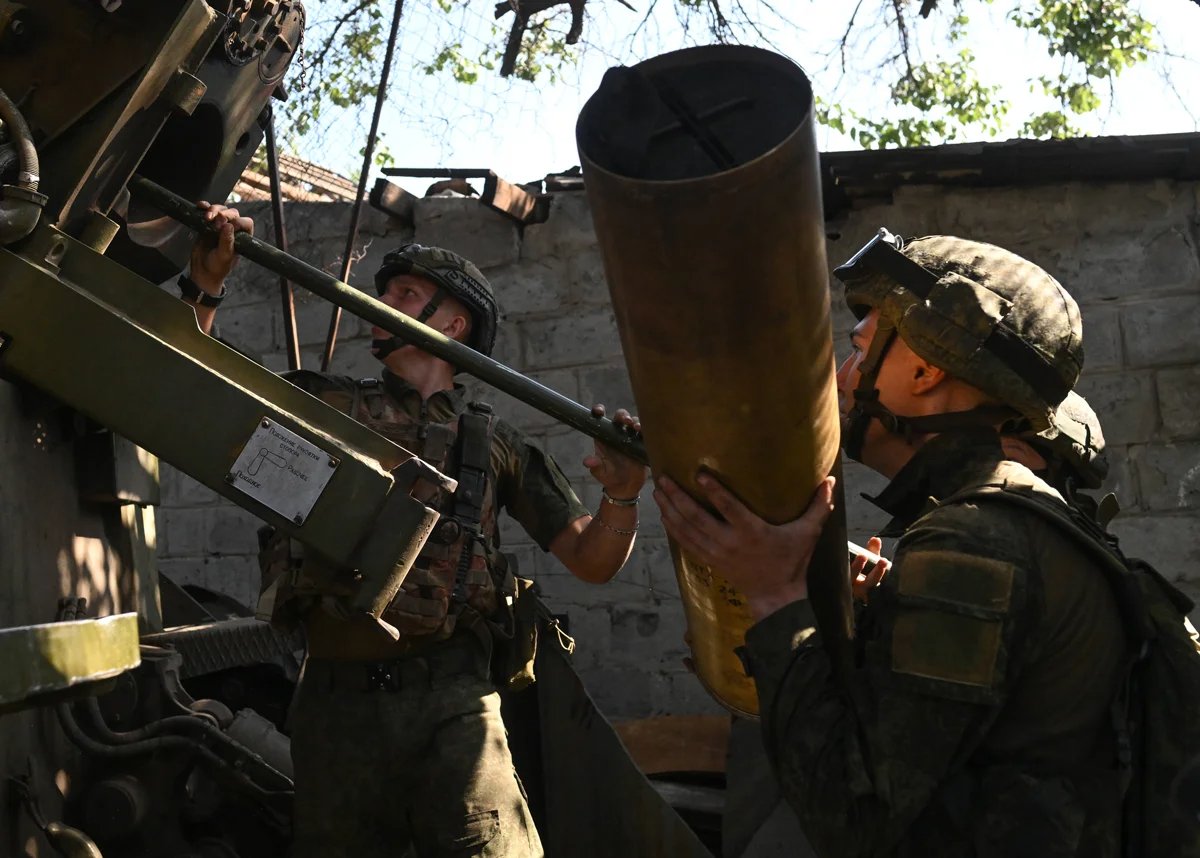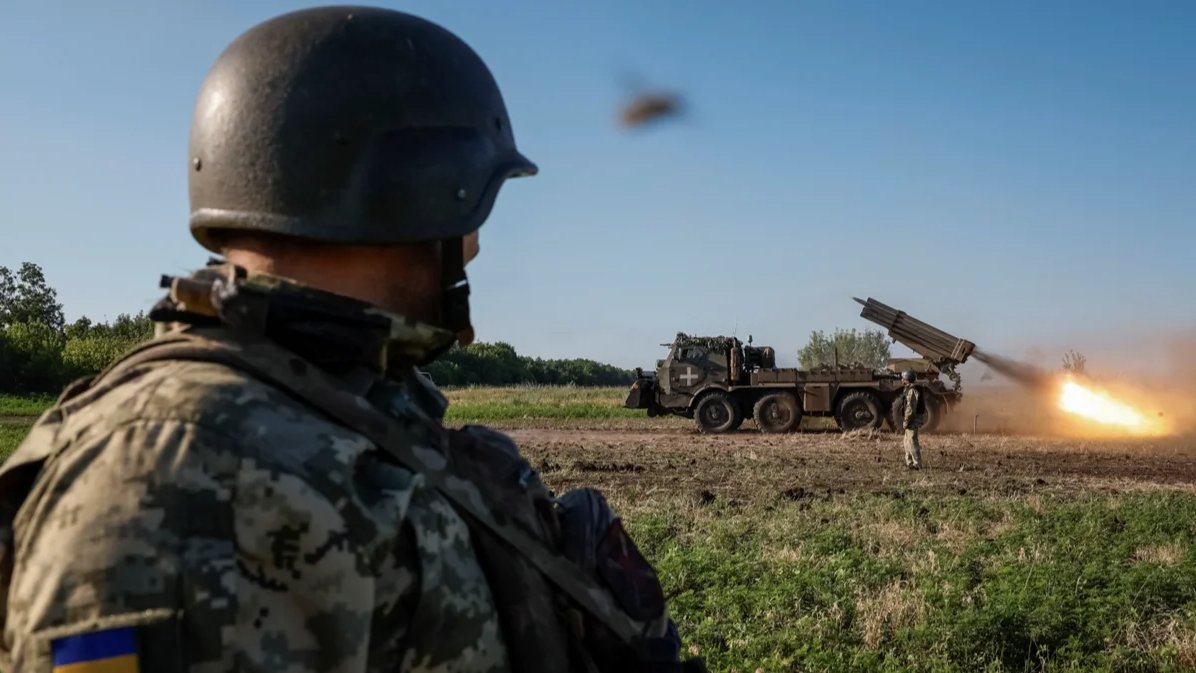The Russian military appears set on scoring domestic propaganda points by recapturing small villages in eastern Ukraine’s Donetsk region that were previously synonymous with Ukrainian advances. But how likely is a serious Russian offensive in the region? Novaya spoke to several military analysts and asked for their take on Russia’s recent gains.
Donetsk region
On 14 July the Russian Defence Ministry reported that Russian troops had captured the village of Urozhaine in the Donbas region of eastern Ukraine. Ukrainian bloggers later confirmed that the settlement had indeed fallen into Russian hands.
The Vremevsky ledge is located on the border of the Donetsk and Zaporizhzhia regions and was fought over during the Ukrainian counteroffensive last summer. The Armed Forces of Ukraine (AFU) recaptured several settlements, including the villages of Makarivka, Staromaiorske and Urozhaine.
Ukrainian project DeepStateMap, which monitors changes on the front line, confirmed that Russia had recaptured the village, and that most of the neighbouring village of Staromaiorske is also now under Russian control.
“The Russian army is clearly making advances near the village of Urozhaine, in the Donetsk region,” Israeli military expert David Sharp told Novaya Europe. “However, for now, the area is apparently of only secondary interest to Russian troops. They have not yet made a major dent in Ukrainian defences.”
Sharp stressed that due to AFU success in the area last year, it does now play a role in terms of Russian propaganda. “The Russian army will now most likely try to recapture the settlements previously liberated by the Ukrainians. But it’s too early to speak of a serious offensive, and we have no information that there has been a large build-up of Russian troops in the area. There are typical local skirmishes.”
Sharp said that Russia’s military command was sticking to its tactic of simultaneously applying pressure on different parts of the front as long as the resources were available. He added that the town of Toretsk was the Russian army’s current top priority, despite there being hostilities both on the outskirts of the town and in the adjacent village of Niu-York.
The Washington-based Institute for the Study of War (ISW) reported that Russian troops had advanced towards Toretsk, with fighting ongoing as of 15 July. Footage taken on 14 July showed that Ukrainian troops had recently recaptured some territory south of Toretsk, in the village of Niu-York. Additional geolocated footage released on 15 July showed that Russian forces advanced slightly east of Toretsk and continued to launch attacks southeast of the town.
Sharp said that Russia’s military command was sticking to its tactic of simultaneously applying pressure on different parts of the front as long as the resources were available.
“The hotspots on the Donetsk front are currently the outskirts of Toretsk, Chasiv Yar and the area to the west of Avdiivka, an arc from Karlivka to Vozdvyzhenka,” Yan Matveyev, a military analyst with Alexey Navalny’s Anti-Corruption Foundation, told Novaya Europe. “The easternmost district of Chasiv Yar was recently captured. To date, Russian troops have been unable to cross the nearby canal and enter the main part of the town, but they are still trying, while also shelling the town. An assault on Chasiv Yar is clearly part of their plan.”
“Intense assaults began all the way along the front after a successful incursion into the area around the village of Ocheretyne,” Sharp said, adding: “The Russian army is approaching the Kostyantynivka–Pokrovsk communication channel and has a chance of cutting off this important supply route to the AFU. There are Russian attacks both near Toretsk and Chasiv Yar, and near Pokrovsk. The Russian generals appear to want to capture the fairly large town of Kostyantynivka, a few kilometres away. That is still a long way off, but the situation looks ominous for the Ukrainian troops.”
According to the ISW, Russian troops have not had any confirmed successes in the ongoing fighting in the Chasiv Yar area. Russian troops have attacked the eastern part of the town as well as areas to its north, east and southeast.

Ukrainian motorised brigade servicemen in the Kharkiv region, 18 June 2024. Photo: Sergey Kozlov / EPA-EFE
Kharkiv region
Fierce fighting continues in the Kharkiv region, where the Russian army began to advance on 10 May, according to Sharp, who added that, having achieved some success in those first days, the Russians then got bogged down in Ukrainian defences. The AFU have recently had some short-term success in Vovchansk, which had been partially captured by Russian forces, and have been able to drive the enemy from some of their positions. The heaviest fighting in the area is currently for the village of Hlyboke. The analysts we spoke to have no precise data on who is currently in control there.
“In the Kharkiv region, there is heavy fighting near Hlyboke and Vovchansk,” Matveyev said. “There are head-on encounters with varying degrees of success for both sides in Vovchansk. This is no longer a full-fledged assault on the town, but fighting in the town itself. I think the AFU are now closer to liberating Vovchansk than the Russian army is to completely capturing it.”
“I think the AFU are now closer to liberating Vovchansk than the Russian army is to completely capturing it.”
“The Russians are still attacking the AFU around Kupyansk in the Kharkiv region,” Sharp continues. “It looks like the Russian command is hoping to reach the Oskil River, which would put them in a very favourable position. It is very slow progress, but they are sticking to their plan.”
According to ISW, Russian troops continue to attack along the Kupyansk-Svatove-Kreminna axis, but have had no notable success. The Russian army has also continued its offensive northwest of Svatove and to the northwest and west of Kreminna.

Russian servicemen near Avdiivka, Ukraine, 8 July 2024. Photo: Stanislav Krasilnikov / Sputnik / Imago Images / SNA / Scanpix / LETA
Ongoing offensive
Sharp said he believed the Russian offensive would continue as long as a steady supply of personnel was available, pointing out that Russian generals can exert pressure with relatively few men in different areas and occasionally achieve success at a local level. When the Russians find weak spots in the Ukrainian defences, Sharp added, they then try to build on any success by bringing in more resources and had probably decided to make the most of the summer weather, when it’s easiest to move equipment.
Sharp said that the ammunition delivered as part of the US aid package had made it much easier for the AFU to put up resistance, even if significant challenges remain, such as the fact that the AFU remains unable to take out Russian planes shelling their positions with glide bombs. Kyiv needs its allies to strengthen its air defences and provide different types of weapons, Sharp stressed.
Kyiv needs its allies to strengthen its air defences and provide different types of weapons.
Sharp also said he believed that Ukraine’s new law on mobilisation came too late, and that the most pressing task for Kyiv was creating new military units, even though they are less effective than experienced troops and despite the length of time required to train up conscripts. One option would be to assign new recruits to combat units where they could be trained in military matters faster and more effectively, Sharp added.
“The AFU lacks weapons, ammunition and combat-ready units,” says Matveyev. “But another important factor is Russian tactics. They throw in huge forces to storm very small sections of the front and capture them with huge losses. If we compare the losses of personnel and equipment with what was captured, it’s obvious that all these offensives come at a great cost and will deplete Putin’s units, which will work against them in the long run.”
“We can confidently say that Moscow is trying to improve its position as much as possible before the US presidential election,” Sharp said, adding that Russia wanted “to seize as much territory as it can by then to begin negotiations from a more advantageous position. It also wants to demoralise the Ukrainians and their allies to make them more willing to compromise.”
“So the Russians are likely to continue to advance along the entire front line. For now, though, they are only scoring short-term success,” Sharp concluded. “They are still a very long way from capturing the entire Donetsk region.”
Join us in rebuilding Novaya Gazeta Europe
The Russian government has banned independent media. We were forced to leave our country in order to keep doing our job, telling our readers about what is going on Russia, Ukraine and Europe.
We will continue fighting against warfare and dictatorship. We believe that freedom of speech is the most efficient antidote against tyranny. Support us financially to help us fight for peace and freedom.
By clicking the Support button, you agree to the processing of your personal data.
To cancel a regular donation, please write to [email protected]

